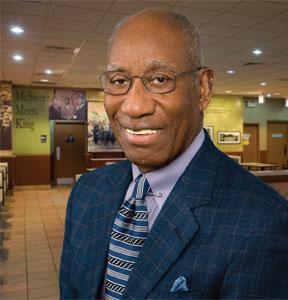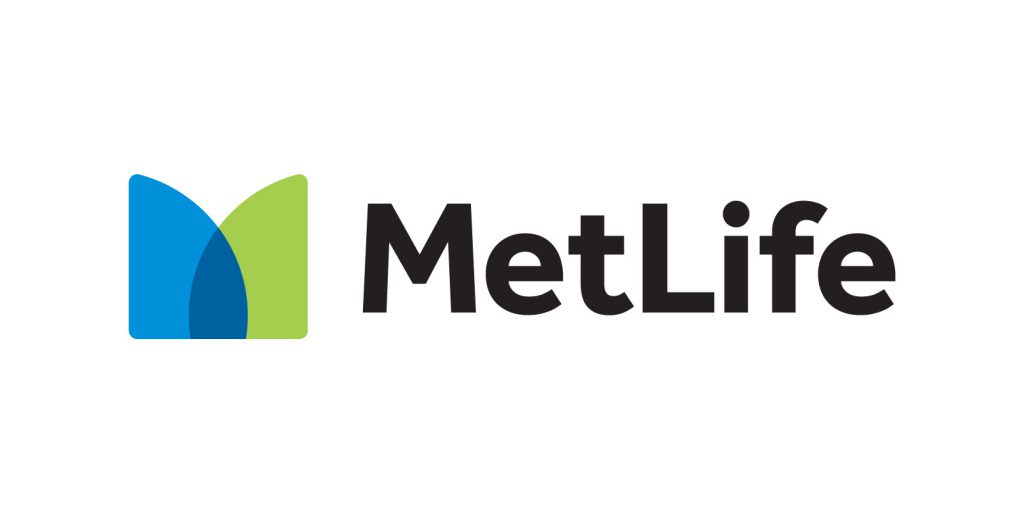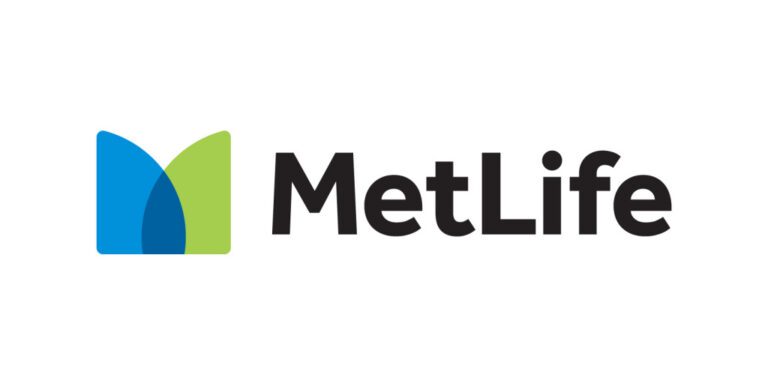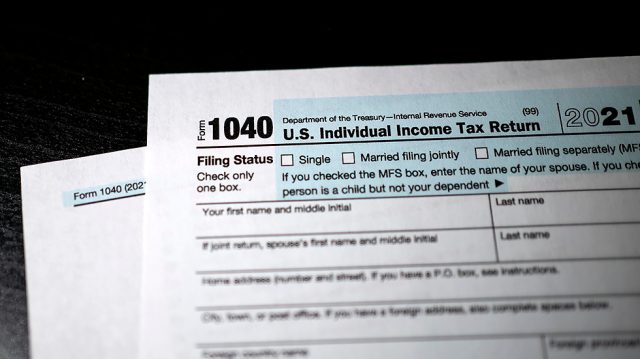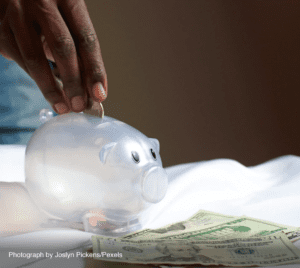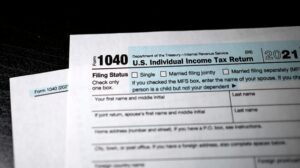Advisory firms have been struggling with large shares of their workers unable to work because of COVID-19 or other illness since fall 2021, setting the stage for a potentially costly epidemic of advisor burnout in the coming months, according to Angie Herbers, managing partner and founder of advisor consultancy firm Herbers & Co.
Across advisory firms, “we’re seeing upwards of 30% of the workforce being out, and that’s either due to COVID, due to flu or other illness [and], potentially in some areas, allergies,” she told ThinkAdvisor in a phone interview.
“We are seeing quite a lot of leaders that started to see this increase in workforce absenteeism in November and [it] carried on to December [and] on to January,” she said. “We’ve never seen workforce absenteeism this high in my 20 years doing consulting, and I think it’s a unique issue that we’re dealing with as a result of COVID.”
This is “happening at all size firms,” she pointed out. “The larger firms are seeing workforce absenteeism in their service departments and with advisors. We’re seeing in the small firms that it’s happening across the entire firm.”
Employees being asked to return to the office after a few days, while they are still sick, is “potentially spreading illness around,” she said. After all, she added: “It’s not discriminating against size of firm. It’s hitting all size firms depending on how those firms are running.”
This trend has many implications. For one thing, the standard of client service is being put at risk and often must be made up by healthy teammates, she explained. Those teammates then become susceptible to burnout and must be tended to from a mental health/wellness perspective.
The problem forced many leadership teams to hold off on returning to their offices and shift back to remote work, she said.
Impact on Pay and Benefits
“I do think that how leadership of advisory firms react” to this complex problem will impact pay, benefits and turnover rates, Herbers said.
“If they are asking their advisors to work through illness or work even though they may not have symptoms but may have fatigue, the culture of how you are running those firms, high levels of maximizing the capacity of the firm is going to lead to advisors seeking other jobs, potentially for more money or a different set of benefits within a culture,” she explained.
Advisors will also potentially want more pay to work while they’re sick or even to work long hours to help colleagues out sick, she said.
“The vast majority” of advisors “don’t want to leave the sector,” she noted. Those coming to her firm seeking work have been saying they just don’t like the way they were treated throughout this crisis by their firms and “want a firm who’s more focused on a team environment that cares about our wellness.”
Potential M&A Impact
Contrary to the views of some pundits who forecast M&A activity slowing this year, Herbers predicted that, maybe “three, six, 12 months in the future,” we will see M&A activity spike as advisory firm owners burn out and look to sell their businesses.
“M&A activity in the advisory industry has traditionally had an increase when we have turbulent markets or down markets and/or some sort of crisis,” she noted. “In 2021, we had high market levels. You were coming off of 2020, which was a burnout year for many advisory firms. And we saw a 44% increase in M&A activity in 2021.”
Now, there is a “bit of a turbulent market” again, along with many people out of work, she added.
As a result, she forecasts the “same levels of M&A activity in 2022 that we saw in 2021” or the activity “will increase even more due to what we’re seeing.”
There are, however, a few steps that advisory firm leaders can take to either stop the pandemic’s impact on their companies and workforces, or at least lessen the problem, according to Herbers.


